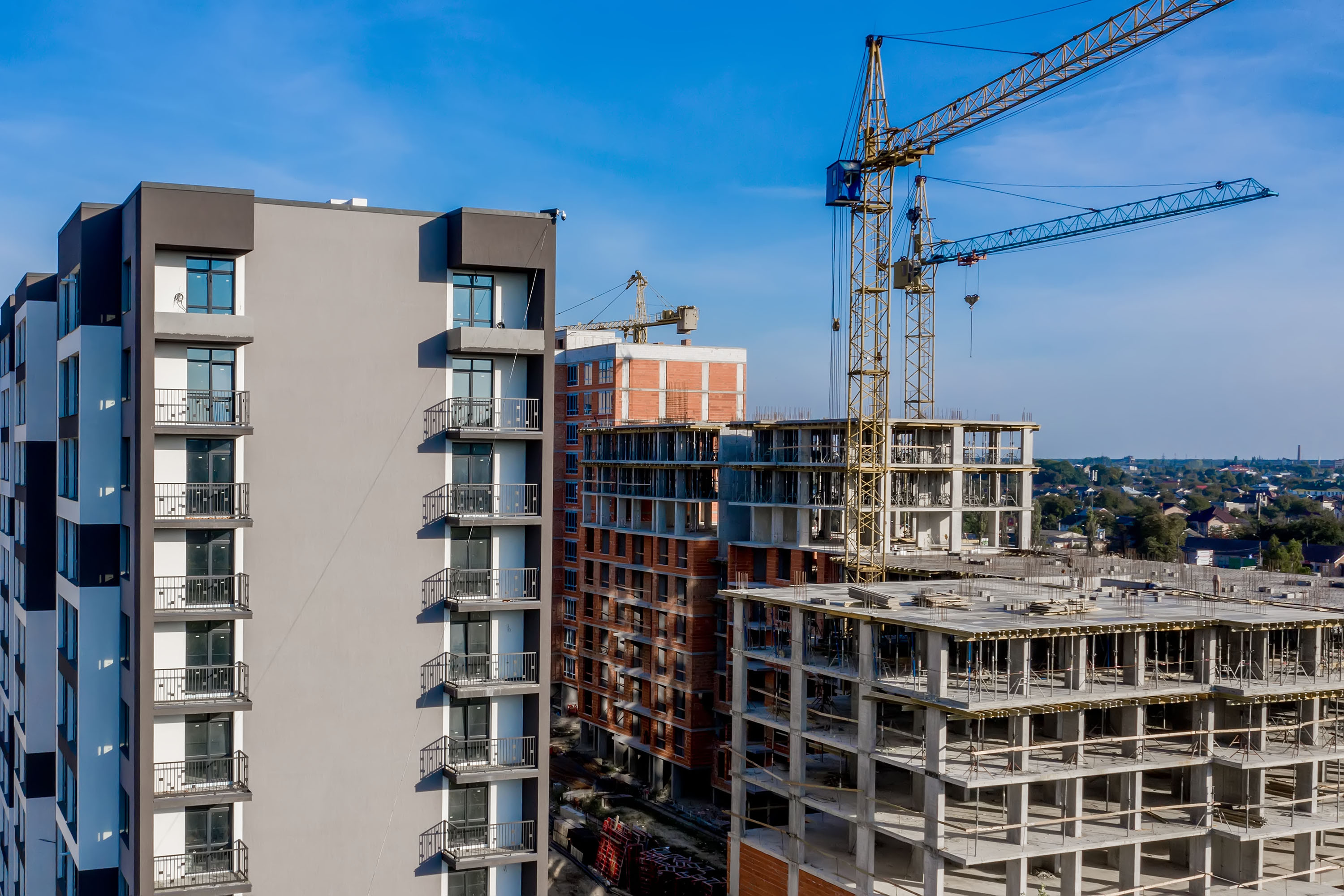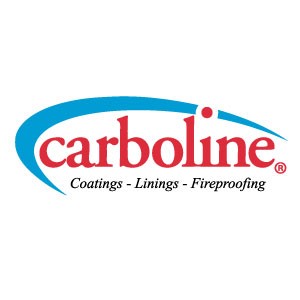
Suppose that there is strong consensus that legacy cellulosic fire curves are no longer useful when today’s built environment is crammed full of hotter-burning synthetics.
Big questions lacking fast, easy answers quickly arise.
How might builders, lenders, insurers, or code-writing authorities respond?
Will it become harder to finance new construction? More expensive to insure it?
What about insurance policies on older structures built according to last generation’s fire protection criteria? Will insurers hike up premiums? Will the prevalence of synthetics be their basis for denying claims?
And what constitutes resolution of this problem? If current fire test standards are inadequate, what should take their place?
If you haven’t read part 1 or part 2 of this series, we recommend that you do that first.
In part 1, we cited heavy reliance on synthetic building materials and furnishings, as well as the prevalence of battery-powered gadgets in today’s occupied spaces, as evidence that the cellulosic fire test curves first introduced over 100 years ago have outlived their usefulness.
In part 2, we examined four catastrophic fire events that demonstrate the need for more appropriate fire test standards for materials used in mixed-use residential/commercial developments—particularly those nearby, or attached to, parking facilities.
Here, we explore what it might look like if nothing changes, and then suggest some places the industry could start in its effort to protect people and property from hotter, more dangerous fires.
Questions of finance, insurability, and public safety
Today’s confluence of finance, insurance, code compliance, and construction works somewhat well. Not everyone is happy about everything all the time, but compromises are reached and buildings are built.
How long will that last? Will the chronic risk of more intense fires in occupied mixed-use developments create too much new tension for stakeholders to bear? Consider the following premises:
Most construction projects are paid for by loans, and in many cases “takeout loans” in turn pay off construction loans. But banks commonly do not approve takeout loans until they believe a building is worth more than its construction cost. But what happens if banks consider a building’s fire protection in any calculation of worth? If a new building is poorly protected and a lender’s criteria no longer align with building codes, will that building ever be judged as worth more than its cost to construct?
Not all lenders are the same, a prime example being the loans offered by any government. What government loans lack in profit motive, they make up for in strings attached. Could one of those strings be enhanced fire protection in recognition of today’s higher risks? Is a cheaper loan worth the potential higher construction cost?
Fire protection codes update slowly and, even then, it is no guarantee that every state, county, or local building authority will continuously mandate that new construction complies with the most recent edition of a fire protection code. For example, in the U.S., it’s common for counties or municipalities to adopt a certain edition of the International Fire Code, but then leapfrog over the next one or two editions before again adopting the most recent one a handful of years later. This is done to give builders and developers periods of consistency to plan and execute projects. But if you’re a builder, whose guidance do you follow when a lender or insurer insists on meeting one edition while the municipality holds you to another?
Insurers pay most of the high cost of catastrophic fires. They can account for enhanced risks of modern fire loads when writing new policies by charging a higher premium without surprising anyone. But it’s more complicated for older structures under older policies. Will those insurance premiums skyrocket? Will insurers force landlords to impose draconian risk-mitigating rules like “no lithium-ion batteries” or “no synthetic carpet”? Will they deny claims on losses on grounds that an occupant could have avoided such a hot, destructive fire if they didn’t have a laptop or cell phone? Rents are already high. Will they climb higher?
These premises do not comprise a comprehensive list, but you get the idea. Perhaps some of these questions are already being asked in the aftermath of a disastrous fire in Valencia, Spain, that quickly gutted two apartment buildings in late February 2024.
Some suggested in the aftermath that synthetic exterior cladding on the buildings contributed to the fire’s rapid spread, similar to the Grenfell Tower disaster in London in 2017. A recent headline from The Conversation asks the same question we do: Can safety regulations keep up with innovation in construction?
Well, in this case, they probably can. As you’ll read in the sections below, we have the tools we need. It’s just a matter of pulling them out of their original contexts and applying them to a new one.
"Rapid rise" and UL 1709
Legacy cellulosic fire curves represent the behavior of cellulosic fires; namely, they reach a comparatively lower maximum temperature, and it takes comparatively longer to get there.
But not all fires consume cellulosic fuels. Hydrocarbon-based synthetics make up more and more of the fuel in the built environment. These materials burn hotter and reach their maximum temperatures much faster than their cellulosic counterparts.
The phenomenon is known as “rapid rise.” The risk of such an event in oil and gas facilities spurred fire safety stakeholders to develop new testing that could evaluate passive fire protection (PFP) materials in these more intense conditions.
Underwriters Laboratories published what has since become the most widely adopted standard rapid-rise test method—UL 1709—in 1991. The method offers guidance on:
- How the furnace providing the heat for a test must be calibrated, and what temperature tolerances are acceptable for a test to be valid
- The number, placement, and proper calibration of thermocouples measuring the temperature inside the furnace and on the surface of a test specimen
- How a PFP material must be applied to a test specimen
- Necessary durability testing (under a separate test method) for any PFP material to pass UL 1709
Read a more comprehensive overview of UL 1709 here.
In our view, treating UL 1709 as a springboard as the industry considers alternatives to outdated cellulosic fire tests for materials in residential/commercial spaces makes sense because they would not be starting from scratch. It is a ready-made rapid-rise test method that matches modern fire loads.
What about tunnel fire curves?
Tunnel fire test curves assess the thermal performance of materials in conditions simulating the unique and acutely dangerous rapid-rise conditions that occur during fires in road or railway tunnels.
Though these fit-for-purpose tests were not meant to assess thermal response of materials in occupied commercial or residential environments, those environments sometimes are designed and built such that a fire can develop in a similar way. Again, these could serve as decent starting points in the search for better assessments that replace cellulosic fire curves.
Modified hydrocarbon curve (HCM) – This fire curve was developed by French authorities following the 1999 Mont Blanc Tunnel fire. The fire began in a truck hauling margarine and flour; the burning margarine plus combustion of fuel of nearby vehicles made this event very similar to what the oil and gas industry calls a hydrocarbon pool fire. It was worsened by the fact that it occurred in a tunnel over seven miles long. Temperatures reached 1,832°F (1,000°C) during the fire. The HCM curve’s maximum temperature is 2,372°F (1,300°C), reached in about 30 minutes.
RABT-ZTV curves – These German testing methods are separated for car fires and train fires. Their maximum temperature is a bit lower—2,192°F (1,200°C)—compared to the HCM curve, but that temperature is reached within five minutes. The RABT curves also include cool-downs, with the automobile version beginning to cool after 30 minutes and the train version cooling after an hour.
RWS curve – This Dutch standard is the most severe testing method currently in publication and was based on what that country’s ministry of transport judged was a worst-case scenario: An oil or fuel tanker truck hauling 50,000 liters (13,209 gallons) catching fire and burning for two hours. The curve reaches 2,084°F (1,140°C) in 10 minutes, hits a maximum of 2,462°F (1,350°C) after an hour, drops back to 2,192°F (1,200°C) at the two-hour mark, and stays there for another hour.
Drawing inspiration from tunnel fire curves is not the overkill some might think it is.
If a development is connected to an open-air parking garage—which is more and more often the case as land values rise and authorities seek to reduce impervious surfaces in urban areas—then similar principles of ventilation are in play. Many code-writing authorities publish guidelines about how “open” an open-air car park should be, recommending specific sizes of exterior wall openings as a percentage of total square footage of the envelope to ensure the space ventilates adequately during a fire.
In fact, in the King’s Dock fire summarized in part 2 of this series, investigators wondered if advertising banners hung on the outside of the parking structure impeded ventilation enough to exacerbate conditions. (According to the fire service, they did not.)
Tunnel fire curves are even more applicable when assessing materials that are used to protect enclosed underground parking garages, especially those with occupied quarters built on top of them. The heat from a fire is likely to re-radiate in any space where the means of directing it outside are limited.
You can see why, in a rapid-rise fire event, it is essential to have a strong, comprehensive fire protection system in place that is quite apart from any emergency first response. Recall from part 2 the difficulties fire crews reported in accessing parking structures. Even the fastest-responding fire crews will have exceptional difficulty meaningfully controlling a fire that reaches 1,832°F (1,000°C) in five minutes.
Where to go from here
Though the discussions in this series are far from cheerful, we are not trying to scare anyone.
Rather, we view these as our sober and informed contribution to a discussion that we trust stakeholders have already begun.
And if those stakeholders end up saving even a tiny bit of time or effort because the solutions we proposed gave them someplace solid to start, that’s a mission accomplished.
Those little savings could add up to lives saved.

